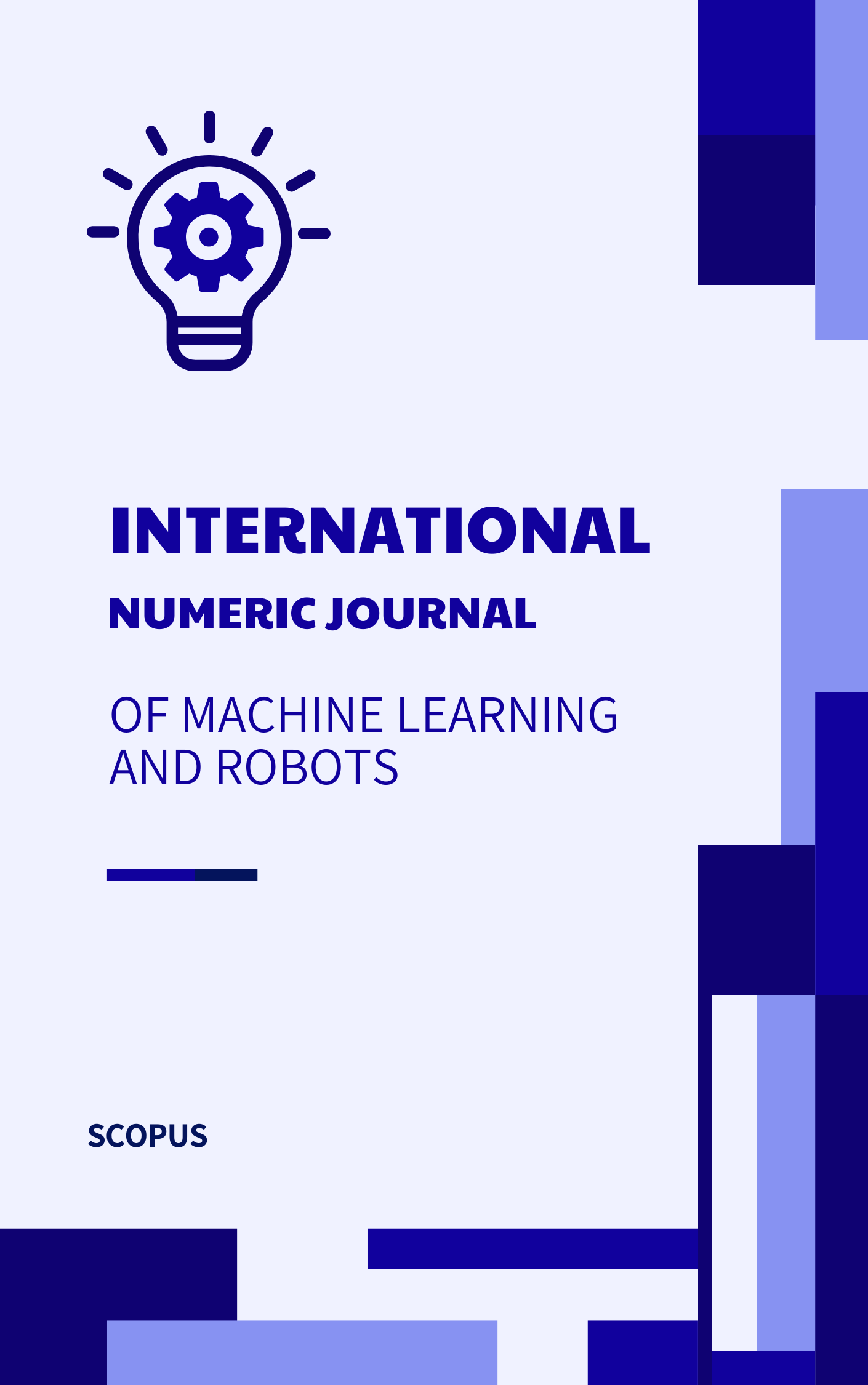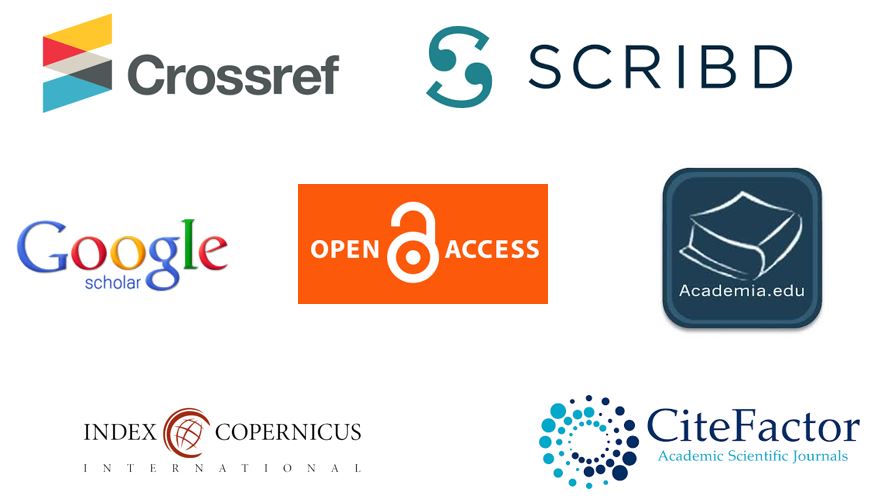DevOps Essentials: Key Practices for Continuous Integration and Continuous Delivery
Abstract
In the rapidly evolving landscape of software development, DevOps has emerged as a critical approach for accelerating delivery cycles, enhancing software quality, and fostering collaboration between development and operations teams. This paper, "DevOps Essentials: Key Practices for Continuous Integration and Continuous Delivery," delves into the fundamental practices and methodologies that underpin successful DevOps implementations, with a specific focus on Continuous Integration (CI) and Continuous Delivery (CD). Continuous Integration and Continuous Delivery are cornerstone practices within the DevOps paradigm, aimed at streamlining the development process, reducing integration problems, and enabling more frequent and reliable releases. Continuous Integration involves the systematic and automated integration of code changes into a shared repository, ensuring that each change is verified by automated builds and tests. This practice helps in identifying and addressing issues early in the development cycle, thereby reducing the risk of integration problems and enhancing code quality. Continuous Delivery extends the principles of Continuous Integration by automating the deployment process, ensuring that code changes can be released into production environments quickly, safely, and sustainably. This paper explores the key practices necessary for implementing effective Continuous Delivery pipelines, including automated testing, deployment automation, and infrastructure as code (IaC). It highlights the importance of establishing a robust CI/CD pipeline that seamlessly integrates these practices, fostering a culture of continuous improvement and innovation. The paper also discusses the tools and technologies that facilitate CI/CD practices, such as Jenkins, GitLab CI, CircleCI, Docker, and Kubernetes. It provides insights into how these tools can be leveraged to automate and streamline various stages of the software delivery pipeline, from code commit to deployment. Additionally, the paper addresses common challenges and best practices for overcoming them, such as managing dependencies, ensuring security and compliance, and achieving scalability and performance. By examining case studies and real-world examples, the paper illustrates how organizations of different sizes and industries have successfully implemented DevOps practices to achieve significant improvements in their software delivery processes. It underscores the transformative impact of CI/CD on enhancing collaboration, accelerating time-to-market, and improving the overall quality of software products. In conclusion, "DevOps Essentials: Key Practices for Continuous Integration and Continuous Delivery" provides a comprehensive guide to understanding and implementing CI/CD within the DevOps framework. It emphasizes the importance of culture, collaboration, and automation in achieving DevOps success and offers practical insights and recommendations for organizations embarking on their DevOps journey.
Downloads
References
Bass, L., Weber, I., & Zhu, L. (2015). DevOps: A software architect’s perspective. Addison-Wesley Professional.
Humble, J., & Farley, D. (2010). Continuous delivery: Reliable software releases through build, test, and deployment automation. Addison-Wesley Professional.
Kim, G., Humble, J., Debois, P., & Willis, J. (2016). The DevOps handbook: How to create world-class agility, reliability, & security in technology organizations. IT Revolution Press.
Kerzazi, N., & Adams, B. (2016). Who's to blame? On the distribution of build failures in continuous integration. Proceedings of the 13th International Conference on Mining Software Repositories, 113-124.
Wiedemann, A., Esfahani, N., & Malek, S. (2016). Synthesizing transformation rules for model-based continuous integration. IEEE/ACM 38th International Conference on Software Engineering (ICSE), 909-919.
Fritz, T., Ou, J., Murphy, G. C., & Murphy, B. (2010). A degree-of-knowledge model to capture source code familiarity. Proceedings of the 32nd ACM/IEEE International Conference on Software Engineering, 385-394.
Fowler, M. (2006). Continuous integration. Retrieved from https://www.martinfowler.com/articles/continuousIntegration.html
Hilton, M., Tunnell, T., Huang, K., Marinov, D., & Dig, D. (2016). Usage, costs, and benefits of continuous integration in open-source projects. Proceedings of the 31st IEEE/ACM International Conference on Automated Software Engineering, 426-437.
Ståhl, D., & Bosch, J. (2014). Modeling continuous integration practice differences in industry software development. Journal of Systems and Software, 87, 48-59.
Shahin, M., Babar, M. A., & Zhu, L. (2017). Continuous integration, delivery and deployment: A systematic review on approaches, tools, challenges and practices. IEEE Access, 5, 3909-3943.
Chen, L., & Babar, M. A. (2014). A systematic review of evaluation of variability management approaches in software product lines. Information and Software Technology, 56(8), 985-1013.
Rahman, M. M., Rigby, P. C., & Kamei, Y. (2015). Sampling bias in mining software repositories: Constructing a representative and unbiased MSR data sample. Proceedings of the 37th International Conference on Software Engineering, 167-176.
Debois, P. (2011). DevOps: A software revolution in the making. Cutter IT Journal, 24(8), 1-39.
Bird, C., Rahman, F., & Devanbu, P. (2009). Don’t touch my code! Examining the effects of ownership on software quality. Proceedings of the 8th Working Conference on Mining Software Repositories, 4-14.
Holck, J., & Jørgensen, N. (2003). Continuous integration and quality assurance: A case study of two open source projects. Information and Software Technology, 45(5), 217-228.
Molli, V. L. P. (2023). The Impact of Rheumatoid Arthritis on Peri-implantitis: Mechanisms, Management, and Clinical Implications. International Meridian Journal, 5(5), 1-10.
Molli, V. L. P. (2023). Understanding Vaccine Hesitancy: A Machine Learning Approach to Analyzing Social Media Discourse. International Journal of Medical Informatics and AI, 10(10), 1-14.
Molli, V. L. P. (2023). Blockchain Technology for Secure and Transparent Health Data Management: Opportunities and Challenges. Journal of Healthcare AI and ML, 10(10), 1-15.
Molli, V. L. P. (2023). Predictive Analytics for Hospital Resource Allocation during Pandemics: Lessons from COVID-19. International Journal of Sustainable Development in Computing Science, 5(1), 1-10.
Molli, V. K. P., Penmatsa, G., & Hsiao, C. Y. (2023). The Association of Rheumatoid Arthritis and Systemic Lupus Erythematosus with Failing Implants. SVOA Dentistry, 4, 1-05.





